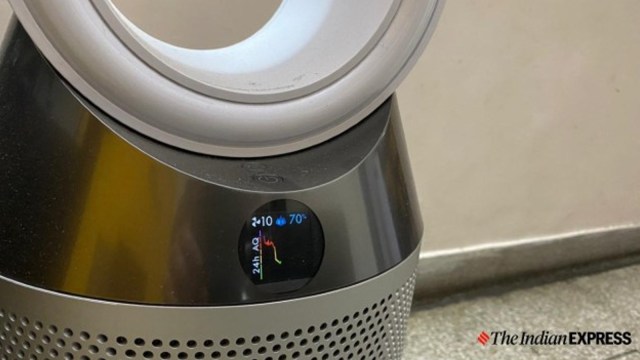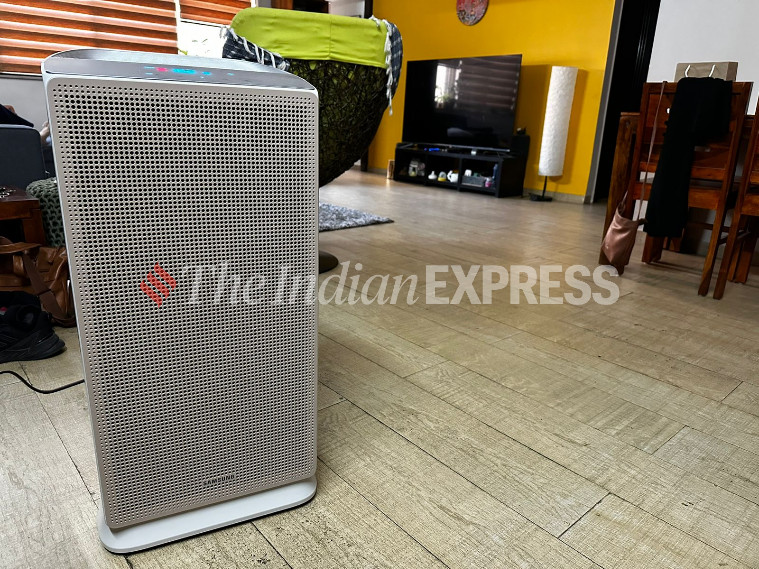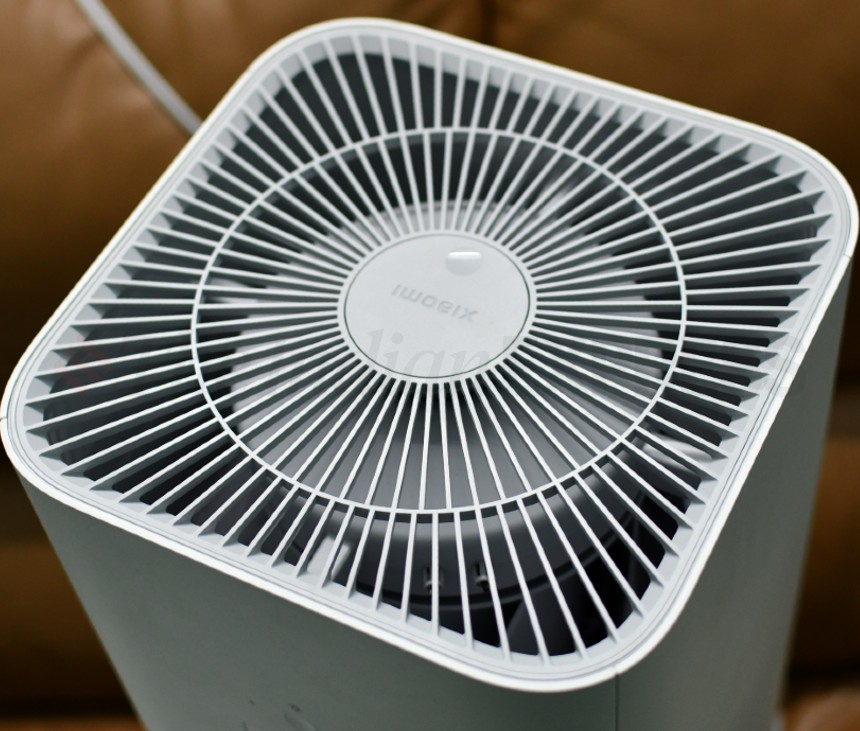How to maximise your air purifier’s performance? Here are 5 tips on placing, cleaning and maintaining it
Maximise Air Purifier Performance: Even an expensive air purifier might fail to impress you if not configured properly or placed in the ideal position.
 Easy and must follow tips for maximum air purification. (Express Photo)
Easy and must follow tips for maximum air purification. (Express Photo)As winter approaches, the air quality index (AQI) nationwide is reaching alarming levels, making it challenging to take a full breath without inhaling pollutants. In fact, in cities like New Delhi, the AQI is touching the threshold of 500, which could lead to permanent health complications. One way to mitigate this menace is by staying indoors, that too with an air purifier.
If you are looking for a new air purifier, there are excellent choices across a range of prices. However, if you already have one that isn’t performing as expected, we have a few simple tips that could drastically improve its performance, leading to clean, breathable air.
Here are five simple tips to improve the performance and efficiency of your air purifier:
Check the filter and change it if needed
 Samsung Air Purifier
Samsung Air Purifier
A good air purifier will have a high-efficiency particulate air (HEPA) filter, which needs to be changed as per its life cycle. Most HEPA filters are rated to last over 9,000 hours, and most smart air purifiers also come with a filter change indicator. As soon as the change indicator activates, replace the filter.
In some cases, the HEPA filter can be manually cleaned. Verify this from the product user manual. As the filter does all of the heavy lifting, you need to make sure that the filter is in the best shape for maximum air purification efficiency.
Pet parents need to show extra care
Pet parents need to be a bit more enthusiastic about cleaning air purifiers, as pet hairs could block the inlet much more easily. Again, all you need to do is perform preventive maintenance to keep the air purifier and filter as clean as possible.
You can also use a vacuum cleaner to remove pet hair and dust particles from the air purifier. Also, try to keep the pets away from the purifiers, to prevent any physical damage to the air purifier or the pet itself.
Strategically position the air purifier
 Xiaomi Smart Air Purifier 4 Lite. (Image: Xiaomi)
Xiaomi Smart Air Purifier 4 Lite. (Image: Xiaomi)
Positioning the air purifier is also as important as buying the right model. Make sure that all sections of the purifier have access to air, especially if you have one with 360-degree support. Again, ensure that no one side of the purifier is closer to a wall, as this could limit the air intake.
In fact, you can also use a fan along with the air purifier for better air circulation. However, this could lead to increased cleaning time, as the fan tends to circulate fresh air rapidly, and it especially helps if you have a really large space. The same goes for an air conditioner (AC); again, running a fan or an AC in the lower setting is recommended for better air purifier performance.
Make sure the inlet and exhaust are clean and porous
While you might have a new filter installed on an air purifier, you also need to ensure that the air inlet and exhaust ports are clean. With continued usage, dust particles can settle around the inlet and exhaust, preventing the air from entering or leaving the filter. Periodically clean the air purifier’s external and internal surfaces and take all the precautions while doing so.
Your air purifier should look as good as on the day it was bought not just on the outside but also on the inside for maximum performance.
Don’t turn it off as soon as the air quality improves
 It is easy to clean and service the Smart Air Purifier 4 (Image credit: Vivek Umashankar / Indian Express)
It is easy to clean and service the Smart Air Purifier 4 (Image credit: Vivek Umashankar / Indian Express)
Turning off the air purifier as soon as the air quality improves could be as harmful as not using one. Air purifiers, like refrigerators, need to operate continuously, and most do. As air stays stagnant, one needs to ensure that the air purifier continues to clean the air, although at a lower speed all the time, even while you are sleeping.
Most modern air purifiers have a sleep mode, where they continue to purify the air at a lower speed while consuming less power. It’s best to engage that mode rather than turning it off completely. In fact, turning off and turning on the purifier manually a couple of times a day might actually consume more power, and when it’s turned off, you might unconsciously inhale polluted air despite having a purifier.
By following these simple tips, you can maximise the air purification efficiency.







